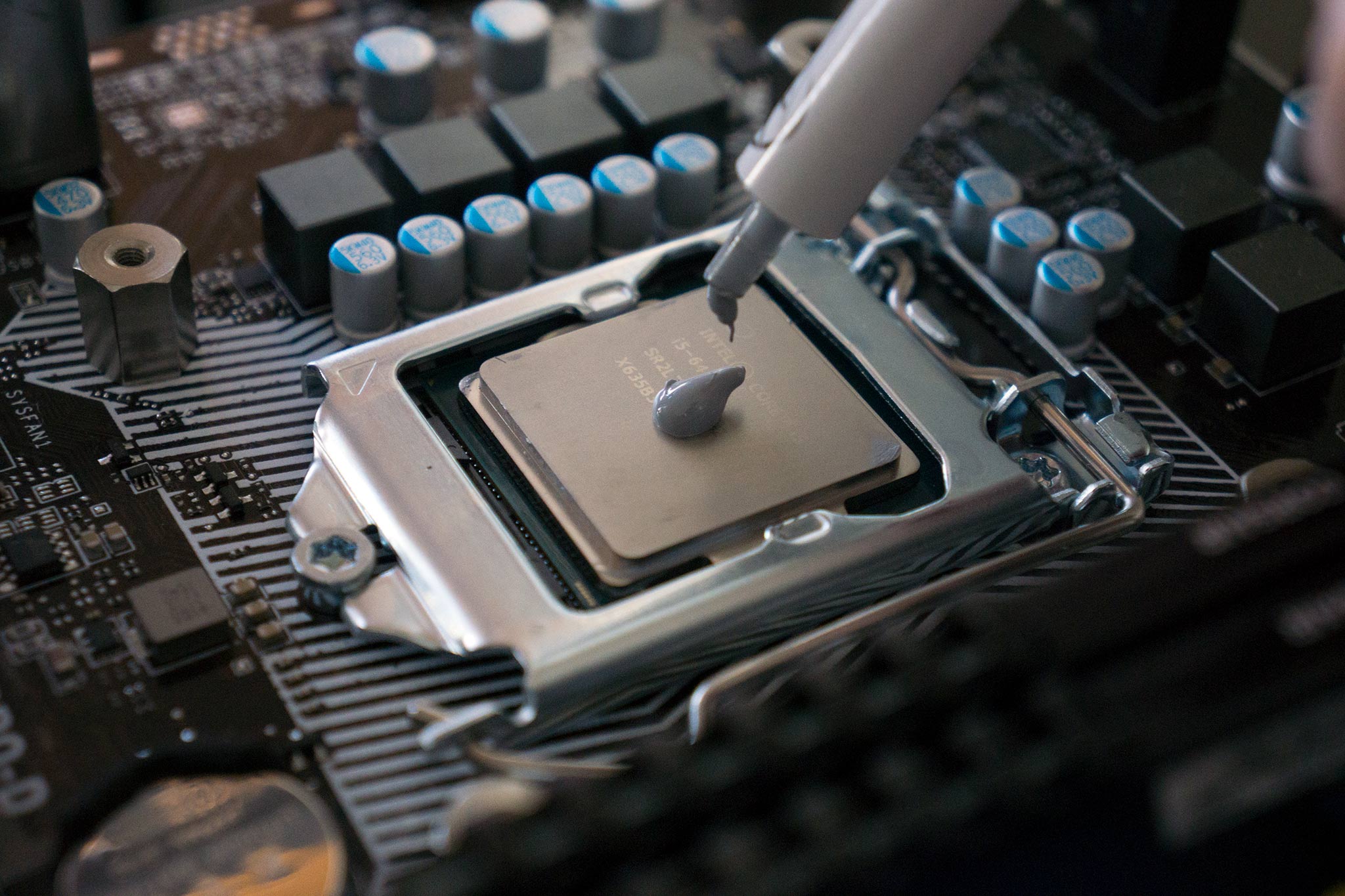Liquid metal vs. thermal paste?

Liquid Metal vs. Thermal Paste: Which CPU Compound Is Better?
When building or upgrading a computer, choosing the right thermal interface material (TIM) is crucial. Two popular options are liquid metal and thermal paste. Liquid Metal vs. Thermal Paste each has its strengths and weaknesses, depending on your needs and priorities. This guide explores their differences, advantages, and drawbacks to help you make an informed decision.
What Is Liquid Metal?
Liquid metal is a thermal compound made primarily of gallium alloys. It is highly conductive and excels at transferring heat. Its liquid consistency ensures excellent contact between your CPU and cooler.
Pros of Liquid Metal:
- Superior Thermal Conductivity: Liquid metal outperforms thermal paste in transferring heat. This can significantly lower CPU temperatures.
- Ideal for Overclocking: If you’re pushing your CPU to its limits, liquid metal helps manage the extra heat efficiently.
- Long-Lasting Performance: Unlike some thermal pastes that degrade over time, liquid metal remains effective for extended periods.

Cons of Liquid Metal:
- Electrical Conductivity: Liquid metal is electrically conductive. Accidental spills can cause short circuits.
- Corrosion Risk: Gallium in liquid metal reacts with aluminum, potentially damaging aluminum-based components.
- Complex Application: Applying liquid metal requires precision and care, making it less beginner-friendly.
What Is Thermal Paste?
Thermal paste, also known as thermal grease, is a compound that improves heat transfer. It typically consists of silicone, zinc oxide, or ceramic-based materials. Thermal paste is a popular choice for most PC builds.
Pros of Thermal Paste:
- User-Friendly Application: Thermal paste is easy to apply, even for beginners.
- Non-Conductive Options: Many thermal pastes are non-conductive, reducing the risk of short circuits.
- Affordable: Thermal paste is budget-friendly and widely available.
- Versatile: It works well for most CPUs and cooling setups.
Cons of Thermal Paste:
- Lower Conductivity: While effective, thermal paste cannot match the heat transfer performance of liquid metal.
- Degrades Over Time: Thermal paste may dry out or lose effectiveness, requiring reapplication.
- Limited Overclocking Support: For extreme overclocking, thermal paste may struggle to handle high heat levels.
Key Differences Between Liquid Metal and Thermal Paste
1. Thermal Performance
- Liquid metal offers superior thermal conductivity, making it ideal for high-performance or overclocked systems.
- Thermal paste provides sufficient cooling for most standard setups but falls short in extreme conditions.
2. Ease of Use
- Thermal paste is straightforward to apply and safer for beginners.
- Liquid metal demands careful handling and application.
3. Durability
- Liquid metal retains its effectiveness longer, reducing the need for reapplication.
- Thermal paste may require periodic maintenance as it dries out.
4. Cost
- Liquid metal is more expensive, reflecting its superior performance.
- Thermal paste is more affordable and accessible.
5. Compatibility
- Liquid metal is not compatible with aluminum components due to corrosion risks.
- Thermal paste works with a wider range of materials and components.
When to Choose Liquid Metal
Liquid metal is the right choice if:
- You are an enthusiast or professional looking to achieve the best cooling performance.
- Your system is overclocked and generates significant heat.
- You have experience with computer hardware and can handle the application process carefully.
When to Choose Thermal Paste
Thermal paste is ideal if:
- You’re a beginner or casual user who needs reliable cooling for everyday tasks.
- Your system is not heavily overclocked or pushed to its thermal limits.
- You prefer an affordable, low-risk option for maintaining your CPU’s temperature.

Conclusion: Which Is Better?
The choice between liquid metal and thermal paste depends on your specific needs. Liquid metal is the best option for extreme performance, such as gaming rigs or overclocked CPUs. However, it requires caution and experience. Thermal paste is the safer, more versatile choice for most users and general-purpose systems.



